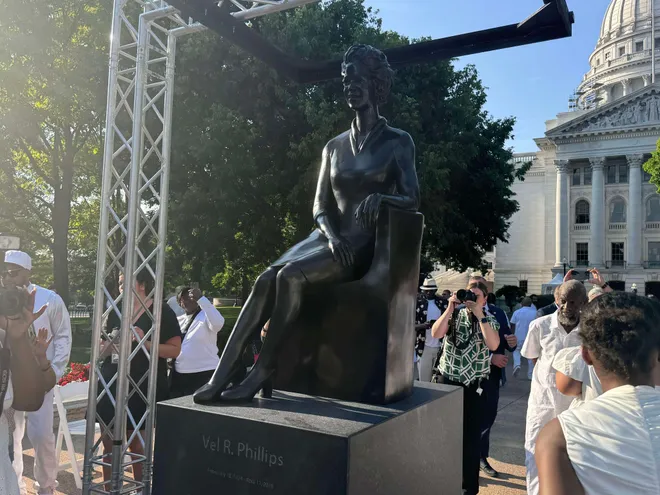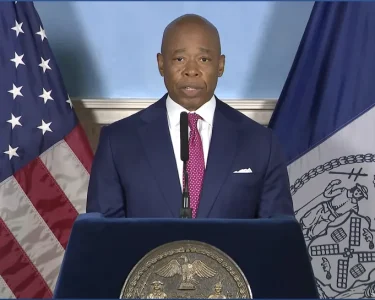New Monuments in America: America’s public spaces are undergoing a transformation, reflecting a broader narrative that encapsulates the multifaceted history of the nation. Recent initiatives are pushing the boundaries of traditional commemoration, making way for monuments that honor a diverse array of historical figures and events, previously marginalized or overlooked.

The shift in the landscape of American monuments is significant, spurred by both public sentiment and substantial funding initiatives. For instance, the Mellon Foundation has committed $250 million towards creating new monuments that better represent America’s rich and diverse history. This project aims to develop monuments that narrate hidden or marginalized histories, alongside reevaluating existing ones to make them more inclusive(America’s Black Holocaust Museum,Smithsonian Magazine).
Highlighting this change, the newly designated Springfield 1908 Race Riot National Monument stands as a testament to addressing past racial injustices. This monument not only commemorates a painful episode of racial violence but also marks the resilience and advocacy that led to significant civil rights advancements, including the formation of the NAACP(America’s Black Holocaust Museum).
The changing narrative is not just about adding new stories but also recontextualizing the old ones. Recent artworks and installations have projected images of historical figures like Frederick Douglass and Harriet Tubman onto older monuments, integrating the past with the present and fostering a dialogue on race and power(Smithsonian Magazine).
Furthermore, the diversity in monument representation is gradually increasing. Although traditionally dominated by figures of white men, new additions are including more women, people of color, and indigenous leaders. This is not merely a shift in representation but a profound change in whose stories are deemed worthy of public honor and remembrance(America’s Black Holocaust Museum,Smithsonian Magazine).
As America redefines its monumental landscape, it is essential to view these changes not just as aesthetic adjustments but as deep, educational reforms that reflect a more comprehensive and honest portrayal of its history. These new monuments serve as tools for education and reflection, helping to mold a collective memory that is inclusive and representative of all its people.
For more insightful discussions on how America is reshaping its historical narrative through monuments, visit Digital Digest.




